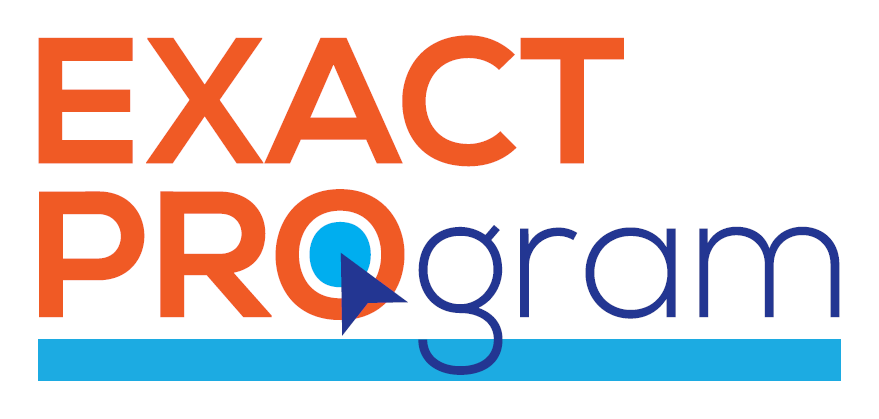What are responder thresholds for the EXACT?
The 14-item EXACT quantifies the frequency, severity, and duration of unreported exacerbations of COPD and the severity of exacerbations seen in the clinic, urgent care, and around hospitalizations. Thus, the EXACT provides metrics for four exacerbation-related endpoints: Frequency, severity, and duration of unreported events and the symptom severity of reported COPD exacerbations.
The threshold for determining the presence of a symptom-defined event (worsening of the underlying condition) is based on both the magnitude and duration of score change: a 9 point increase (worsening) from the usual score (e.g., stable baseline) sustained for three days or a 12 point increase sustained for three days. So – 9 point changes are meaningful, and sustained increases of this magnitude are indicative of a symptom-defined exacerbation. An overview of the research supporting these values is included in the supplement of the paper published in Leidy et al. 2014.
Regarding day-to-day interpretation of the EXACT scores, if a patient reports an increase of 9 points, this would clearly be significant to the patient (and if sustained for three days, would constitute an unreported symptom-defined exacerbation). Increases > 5 points may also be significant, however the data suggest COPD patients can vary by 3-5 points on a day-to-day basis, suggesting this is “normal variability” (See Table 1 of Leidy et al. 2014 – Information on SEM and Intra-individual variability during stable/baseline period across three trials). This variability does not control for other factors that may be measured or unmeasured in the study (e.g., seasonality).
Regarding thresholds for the four exacerbation-related endpoints, it is clear that fewer, milder, and shorter durations are preferred. To date, specific responder thresholds for unreported events (frequency, severity, duration) have not been tested. A reasonable responder threshold for severity of medically treated events is five points, although research is needed to test and document this proposition.



